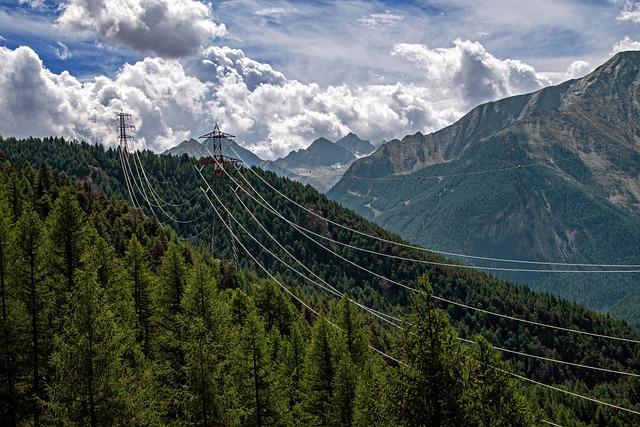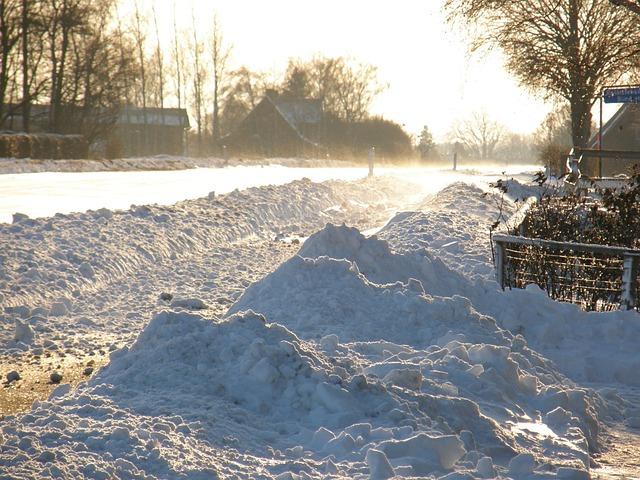Tree Removal in Hazardous Situations

Tree removal is a common practice undertaken by property owners and land managers to mitigate potential risks posed by hazardous trees. In certain situations, the removal of trees becomes necessary due to various factors such as disease, structural instability, or proximity to structures. Addressing the removal of trees in hazardous situations is crucial to ensure the safety of individuals and property. In this article, we will explore the importance of tree removal in hazardous situations and the steps involved in safely and effectively removing trees under such circumstances.
When it comes to tree removal in hazardous situations, it is crucial to prioritize safety above all else. Before embarking on any tree removal projects in potentially dangerous conditions, it is essential to thoroughly assess the potential hazards involved. This includes identifying any compromised tree structures, nearby power lines, or obstacles that could pose a risk during the removal process.
Utilizing safety equipment and proper techniques is paramount when tackling hazardous tree removal tasks. Arborists should always wear appropriate safety gear, such as helmets, goggles, and gloves, to protect themselves from potential injuries. Additionally, using specialized tools and following industry best practices can help ensure a successful and safe tree removal process. Hiring professional arborists with expertise in handling difficult tree removal tasks is highly recommended to minimize risks and ensure the job is done correctly.
- Always assess potential hazards before starting tree removal.
- Utilize safety equipment, including helmets and gloves.
- Hire professional arborists for difficult tree removal tasks.
- Implement emergency action plans in hazardous scenarios.
Q&A
Q: What are some common hazardous situations that may require tree removal?
A: Hazardous situations that may require tree removal include trees close to power lines, leaning trees near structures, trees with large dead branches, and trees with disease or rot.
Q: How can tree removal be safely carried out in hazardous situations?
A: Tree removal in hazardous situations should be carried out by a professional arborist with the necessary training and equipment. They may use techniques such as rigging and crane assistance to safely remove the tree.
Q: What are the potential risks of attempting to remove a hazardous tree without proper training or equipment?
A: Attempting to remove a hazardous tree without proper training or equipment can result in injury to oneself or damage to property. Falling branches or the entire tree can also cause serious harm.
Q: How can homeowners prevent hazardous situations with trees on their property?
A: Regular maintenance and inspections of trees on the property can help prevent hazardous situations. Promptly remove any dead branches, diseased trees, or trees leaning towards structures. Additionally, trimming trees away from power lines can reduce the risk of damage.
Q: Is tree removal in hazardous situations costly?
A: The cost of tree removal in hazardous situations can vary depending on the size of the tree, its location, and the extent of the danger. However, the cost of properly removing a hazardous tree is typically worth it to prevent potential injury or property damage.
Conclusion
In conclusion, dealing with tree removal in hazardous situations requires careful planning, specialized equipment, and professional expertise. It is crucial to prioritize safety and consider all potential risks before attempting to remove a tree in a hazardous situation. By following proper procedures and seeking guidance from qualified professionals, property owners can effectively address dangerous trees and minimize the risks associated with their removal. Remember, safety always comes first when it comes to dealing with hazardous trees.
Simpsons Tree Services, Servicing Melbourne’s North Eastern Suburbs
Book a quote online at www.simpsonstrees.com.au


